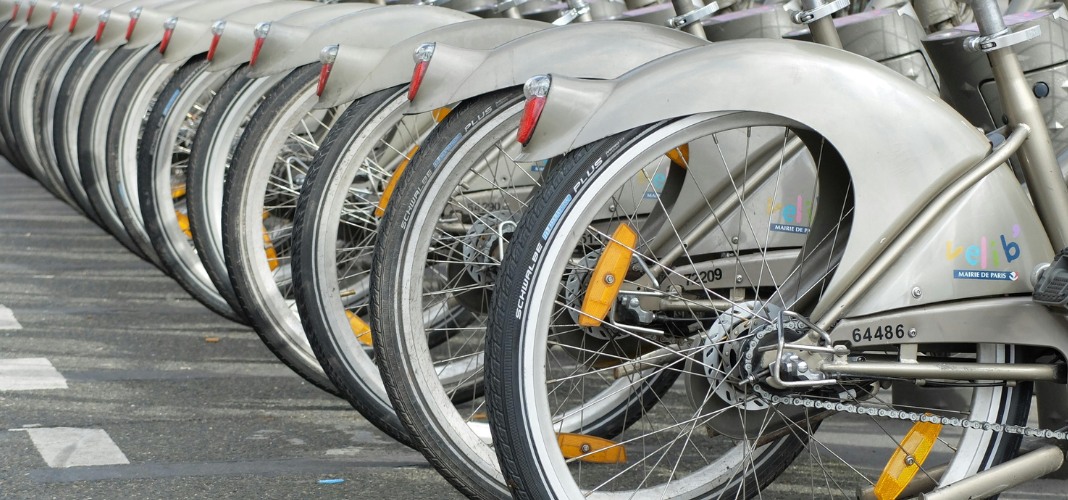Integrated mobility hubs are reshaping how people move through cities by connecting parking, public transit, and shared mobility services in one seamless system. Mobile technology plays a central role in this transformation.
From real-time updates to digital ticketing, mobile tools enhance convenience and efficiency for commuters and urban planners alike.
Also Read: Empowering Smart Cities Through Strategic Level 2 EV Charger Installation
Explore how mobile technology is at the heart of these integrated mobility hubs.
These hubs make transportation smarter, faster, and more user-friendly.
Streamlining Parking with Mobile Solutions
Finding parking can be a major source of frustration for urban commuters. Mobile apps integrated with integrated mobility hubs allow drivers to locate available parking spots in real time. Some systems even enable digital payments and reservations directly through a smartphone. By reducing the time spent searching for parking, commuters can save both time and fuel. These mobile solutions also help cities reduce congestion and optimize parking space usage.
Enhancing Public Transit Access
Mobile technology simplifies access to public transit within integrated mobility hubs. Commuters can use apps to check schedules, track buses or trains in real time, and purchase tickets on the go. Mobile tools also provide alerts for delays or service changes, helping travelers adjust their plans efficiently. This seamless integration between digital tools and physical transit reduces stress and encourages more people to use public transportation.
Connecting Shared Mobility Services
Shared mobility, such as bike-sharing, e-scooters, or carpooling, is another key feature of integrated mobility hubs. Mobile platforms enable users to locate vehicles, unlock them, and make payments with ease. These apps often provide data on vehicle availability, proximity, and estimated travel times. By integrating shared mobility into a single platform, cities encourage multimodal travel and reduce reliance on private cars.
Improving Commuter Experience Through Data
Mobile technology collects valuable data from integrated mobility hubs to optimize operations and improve user experience. Commuters benefit from personalized recommendations, predictive travel times, and traffic alerts. City planners can analyze usage patterns to improve transit routes and infrastructure planning. This data-driven approach ensures that hubs remain efficient, sustainable, and responsive to community needs.
Conclusion
Integrated mobility hubs powered by mobile technology transform urban travel by linking parking, public transit, and shared mobility into one cohesive system. With real-time updates, digital payments, and data-driven insights, these hubs make commuting easier, faster, and more sustainable. Mobile technology is not just enhancing travel—it is redefining how cities move.


